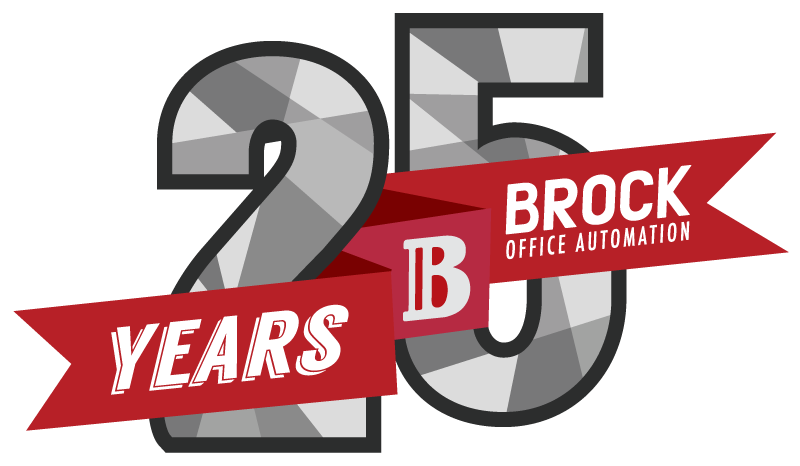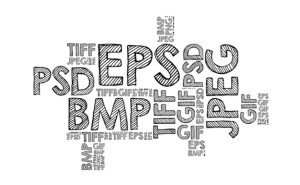ESTIMATED READING TIME: 4 MINUTES
Whether you are scanning an image, saving an image you have created or re-saving an image for another use, file formats matter. With choices including JPG, TIF, GIF, and PNG, it’s easy to get confused and be unsure of which format is best for your intended use of your image. And so, we’re going to break down the most common file formats for use with cameras, printing, scanning, and internet.
JPG
JPG is the normal file format for digital cameras and web pages because this format compresses the data so the file is smaller. Now, JPG isn’t perfect. It is smaller, yes, but it uses lossy compression, which means you are paying the price with image quality.
So, if you’re losing quality, why use JPG? Basically, JPG is used when it is more important that the small size of the file is more important than image quality. JPG files are good enough in many instances, as long as you don’t overdo the compression. Just remember, do not continually edit and save your JPG images. More quality is lost every time you save it as a JPG.
TIF
In comparison to JPG, TIF is the highest quality format for commercial work because it is lossless. Most other file formats are also lossless, but TIF does almost anything you might want. We’re talking RGB, GMYK, LAB or Indexed colour and is the most versatile. Keep in mind, web pages don’t show TIF files.
GIF
GIF came first, back in the days of computer 8-bit video, for display at dial-up modem speeds. GIF is always lossless, like TIF, but it is also always an indexed colour file, meaning you’re dealing with a maximum of 8-bits and 256 colours. That makes it the wrong choice for your 24-bit colour photos because the colour is too limited. TIF and PNG files handle indexed colours like GIF files, but they are more versatile. You’ll still see GIF used for web graphics because it can be much smaller than JPG files with clearer, purer colours.
PNG
PNG is a newer file format, invented to bypass compression issues that you can encounter with GIF files and being more modern, it offers more options too. That means GIF files can be replaced with PNGs (web sites show both), offering many of the same options as TIF files but at a smaller file size. The downside is that PNG can be slightly slower to read or write. It is still less used than TIF or JPG files, but is another good option for lossless images.
When to use what?
Now that we’ve overloaded you with information about the more popular file formats, how do you know which to use and when? Things to consider to choose the appropriate file type include:
- Compression quality – Lossy for smallest files (JPG), or Lossless for best quality images (TIF, PNG).
- Full RGB colour for photos (TIF, PNG, JPG), or Indexed Colour for graphics (PNG, GIF, TIF).
- 16-bit colour (48-bit RGB data) is sometimes desired (TIF and PNG).
- Transparency or Animation is used in graphics (GIF and PNG).
- Documents – line art, multi-page, text, fax, etc – this will be TIF.
- CMYK colour is important for commercial prepress (TIF).
Of course, there are more file formats out there, but these are the most common files for most general purposes. And now that you have a better understand of what each file format means, you’ll be able to match the format to your use like a pro.





